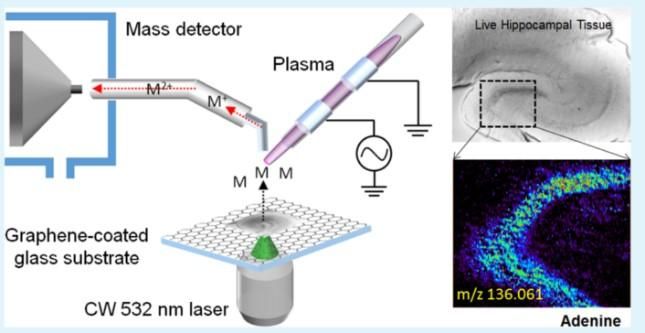Scientists learn how to predict plant size
VIB and UGent scientists have developed a new method which allows them to predict the final size of a plant while it is still a seedling. Thanks to this method, which is based on the knowledge that a set of genes is associated with the final size of a leaf, scientists will be able to significantly accelerate plant breeding programs. The VIB/UGent scientists were able to identify this set of genes through advanced and highly detailed analyses. Expression analysis of specific genes will help breeders select the most useful crossing products at a very early stage.
Smart breeding thanks to good understanding of genetic processes
It takes a long time to develop new strains of plants with a greater yield or greater resistance to disease. Selecting the most useful crossing products, in particular, is a labor-intensive, time-consuming and expensive process. At present, breeding products must be manually infected to determine whether they are disease-resistant, while corn plants must first produce ears before their yield can be determined. This selection process can be made much more efficient by choosing plants on the basis of genetic data rather than on the basis of external characteristics. After all, many external properties are contained in DNA.
Thanks to an improved understanding of how plant growth and development are regulated at the molecular level, it is now known to a large extent which DNA sequences are responsible for which traits. By identifying the presence of such DNA sequences in seedlings, it is possible to predict at a very early stage whether the fully grown plants will be disease-resistant, even without having to infect the plants. This type of breeding is called marker-assisted breeding. A team of scientists from VIB and UGent, led by Prof. Dirk Inzé, developed a new method designed to predict the size of the leaves of a fully grown corn plant while the plant itself is still a seedling. This method is RNA-based rather than DNA-based.
RNA rather than DNA
Hereditary information is contained in DNA. However, not all information is needed in every plant cell. For instance, the genetic sequence causing plants to flower should not be activated in the roots. Before hereditary information can be expressed, the information in DNA must be transcribed to an RNA molecule, which is then translated into a protein . In other words, the set of all RNA molecules provides a much greater insight into which genes actively contribute to a growth process. Plant scientist Dr. Joke Baute, a member of Prof. Dirk Inzé’s VIB research group, and fellow scientists from the Italian Institute of Life Sciences in Pisa conducted a study into the transcriptome of the cell division zone in leaves of corn seedlings. The scientists were able to link a set of RNA molecules to external properties, which are not expressed until much later in the growth process, such as final leaf size and biomass production. This knowledge will allow breeders to make much more specific choices in the plant breeding process in the future.
Original publication
Joke Baute et al.; "Correlation analysis of the transcriptome of growing leaves with mature leaf parameters in a maize RIL population"; Genome Biology; 2015
Dell’Acqua et al.; "Genetic properties of the MAGIC maize population: a new platform for high definition QTL mapping in Zea mays"; Genome Biology; 2015
Most read news
Original publication
Joke Baute et al.; "Correlation analysis of the transcriptome of growing leaves with mature leaf parameters in a maize RIL population"; Genome Biology; 2015
Dell’Acqua et al.; "Genetic properties of the MAGIC maize population: a new platform for high definition QTL mapping in Zea mays"; Genome Biology; 2015
Organizations
Other news from the department science

Get the life science industry in your inbox
By submitting this form you agree that LUMITOS AG will send you the newsletter(s) selected above by email. Your data will not be passed on to third parties. Your data will be stored and processed in accordance with our data protection regulations. LUMITOS may contact you by email for the purpose of advertising or market and opinion surveys. You can revoke your consent at any time without giving reasons to LUMITOS AG, Ernst-Augustin-Str. 2, 12489 Berlin, Germany or by e-mail at revoke@lumitos.com with effect for the future. In addition, each email contains a link to unsubscribe from the corresponding newsletter.
Most read news
More news from our other portals
Last viewed contents
Nymox Reports Completion of Large New 2 Year Follow-up Study of NX-1207 for BPH
Sysmex Develops in vitro Diagnostic Technique for Cancers Using Virus - A new cytodiagnostic technique using a virus that proliferates and emits light in cancer cells (TelomeScan) has been established conjointly with Oncolys BioPharma, Inc.
Cooperative_binding

Yokogawa Acquires Fluence Analytics, a Pioneer in Digitalizing the Monitoring of Polymerization Reaction Processes - Enabling continuous real-time monitoring of polymers and biopolymers: Gamechanger for the polymer and biopharmaceutical industry
Next step in R&D cooperation between AVEBE and BASF Plant Science



















































